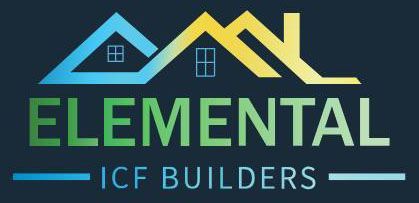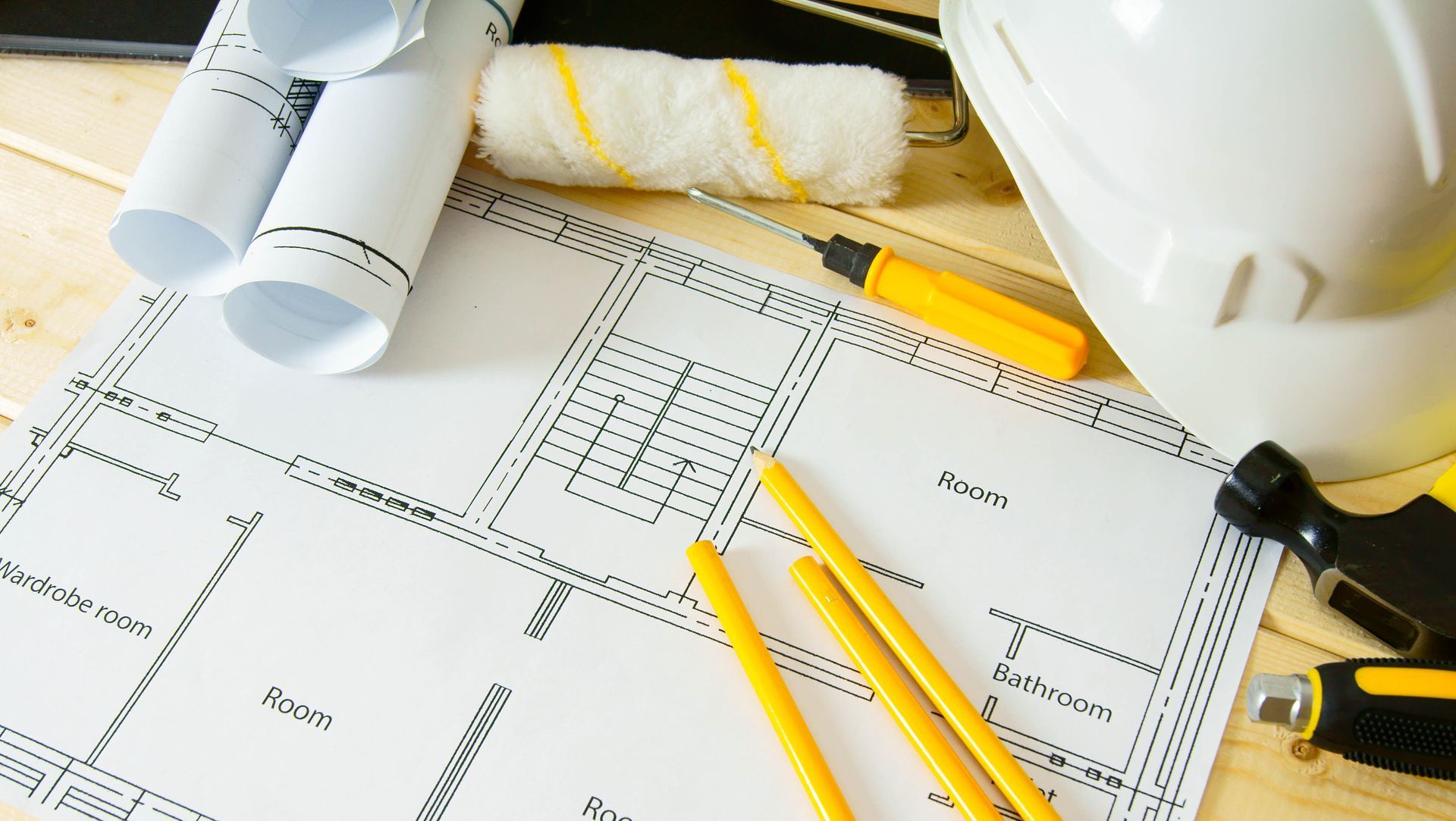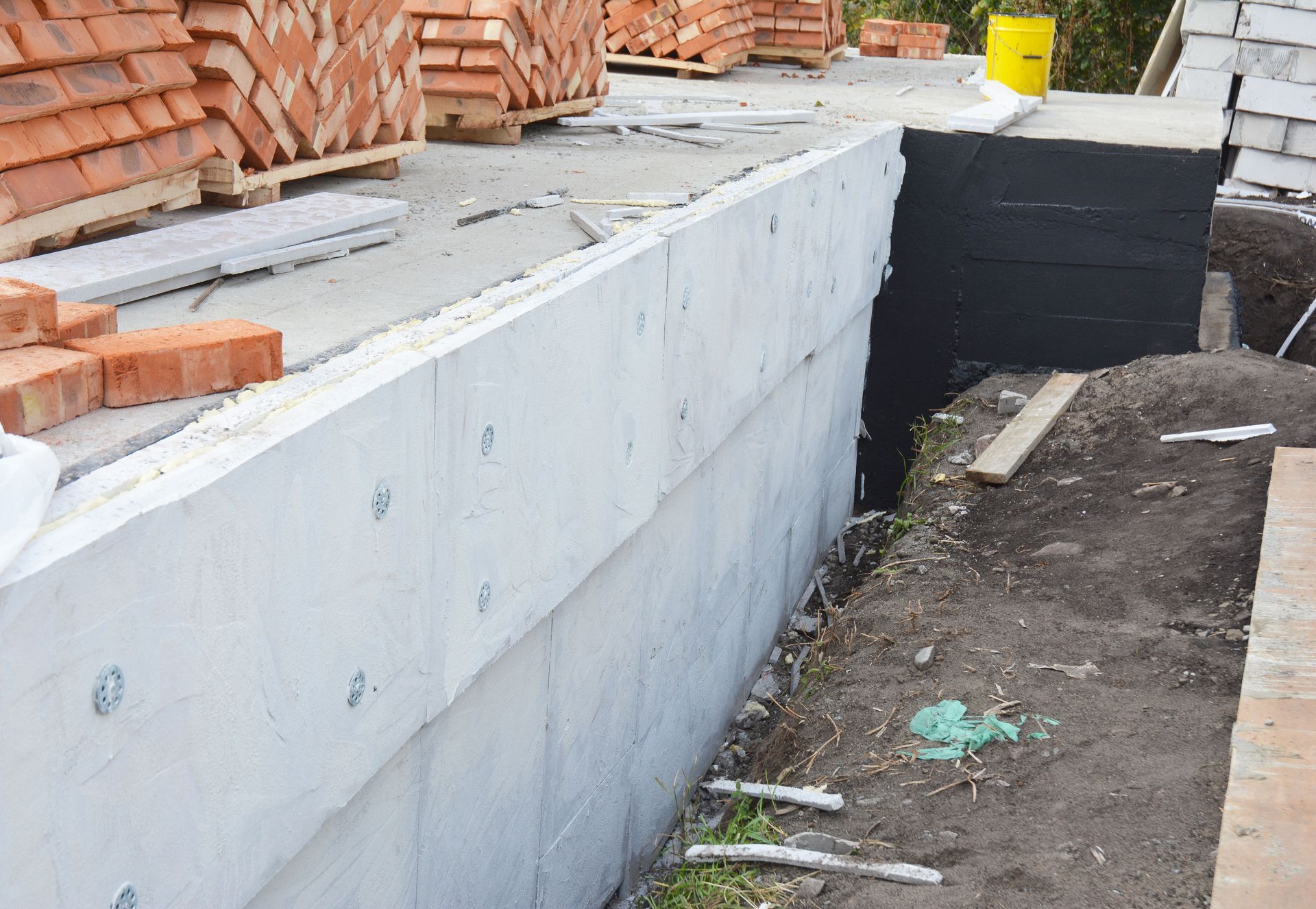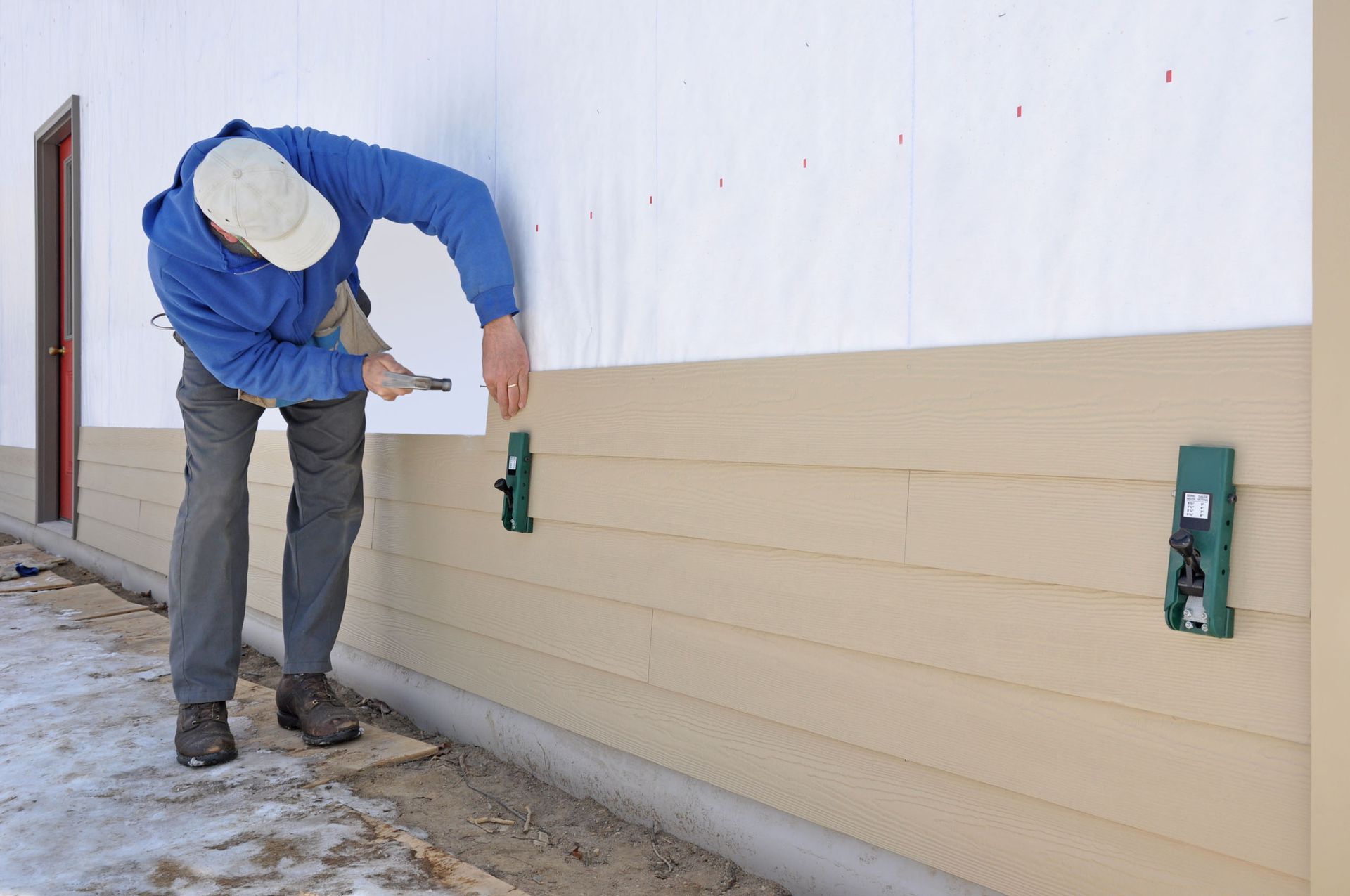How Insulated Concrete Forms Are Energy-Efficient and Eco-Friendly
Explore the rising popularity of Insulated Concrete Forms (ICFs) in modern construction and their profound impact on energy efficiency and eco-friendliness. This article delves into what makes ICFs a superior choice for sustainable building, highlighting their many benefits in environmental conservation, structural integrity, and energy savings. ICFs integrate reinforced concrete with high-performance insulation, creating structures that maintain stable indoor temperatures, reduce energy demands, and enhance occupant comfort. Their durability and resilience make them ideal for areas prone to natural disasters, while their versatility supports a wide range of architectural designs.
As the global construction industry shifts towards greener practices, ICFs stand at the forefront as a technology that not only meets but exceeds expectations for energy-efficient and eco-friendly building solutions. From providing significant reductions in energy consumption to offering unparalleled strength and disaster resilience, ICFs present numerous advantages that benefit both residential and commercial sectors. By reducing carbon footprints, lowering utility costs, and minimizing long-term maintenance, ICFs represent a practical and forward-thinking investment in sustainable development for communities worldwide.
Understanding Insulated Concrete Forms
Insulated Concrete Forms (ICFs) are innovative building systems that combine reinforced concrete with rigid foam insulation, creating durable and energy-efficient structures. The modular blocks or panels are stacked and filled with concrete to form walls that minimize thermal bridging, improve insulation, and increase comfort, while also providing excellent soundproofing and long-term durability.
This method ensures consistent indoor temperatures while reducing energy consumption. Though first introduced in the 1940s, insulated concrete forms became mainstream in the late 20th century, spreading from Europe to North America and beyond. They quickly gained recognition for their sustainability and resilience, with continual improvements enhancing performance and versatility. Today, insulated concrete forms are widely used for residential and commercial construction, especially in areas demanding energy efficiency, structural longevity, and disaster resistance.
Construction involves interlocking the forms, pouring concrete, and producing a solid monolithic wall. Builders value the ease, speed, and durability of this process. According to Grand View Research, the residential segment accounted for about 70% of the global ICF market in 2024, reflecting growing demand for disaster-resistant housing in hurricane, wildfire, and earthquake-prone areas, further highlighting the critical role of ICFs in modern sustainable construction.
Energy Efficiency Benefits of ICFs
Insulated concrete forms excel in providing superior thermal insulation and airtight building envelopes, significantly reducing energy loss. Their continuous foam layers stabilize indoor climates, cutting reliance on HVAC systems while lowering energy costs and CO2 emissions. This leads to consistent comfort and greater affordability over a building’s lifespan. The thermal mass of ICF walls also contributes to improved energy performance by storing heat during the day and releasing it at night, optimizing energy efficiency.
Homeowners especially benefit from reduced utility bills, making insulated concrete forms a practical long-term investment. These forms also help buildings meet strict sustainability standards such as Passive House certification, thanks to their airtight construction and ability to limit air and moisture infiltration. Their adaptability across diverse climates enhances performance in both hot and cold regions, ensuring efficiency regardless of weather extremes and reducing the environmental footprint of buildings significantly.
As energy costs rise and climate change worsens, insulated concrete forms stand out as a crucial solution. Case studies confirm their effectiveness, showing significant savings in energy consumption and improved resilience to environmental stresses. These proven results continue to fuel global demand, positioning ICFs as a central component in sustainable construction and a reliable choice for environmentally conscious developers and homeowners.
Eco-Friendly Aspects of ICF Construction
Insulated concrete forms contribute significantly to eco-friendly building practices by reducing waste, energy usage, and carbon emissions. Prefabricated and precisely manufactured, ICFs minimize on-site waste while their long-lasting durability reduces future renovation needs. Their extended lifespan also lowers demand for replacement materials, decreasing environmental impact.
ICF buildings further reduce carbon footprints by using recyclable, non-toxic materials, such as expanded polystyrene, which enhances indoor air quality and aligns with sustainable living standards. After their service life, many ICF components can be recycled, supporting circular economy principles. Additionally, the energy efficiency of insulated concrete forms allows structures to qualify for certifications such as LEED and Passive House, increasing their environmental credibility.
Their resilience against disasters like earthquakes and hurricanes not only enhances safety but also prolongs structural life, conserving natural resources. For urban planners and eco-conscious developers, ICFs provide a reliable solution that combines strength with sustainability. As environmental regulations grow stricter, ICFs will remain a preferred material for future green building initiatives.
Cost Considerations and Economic Impact
While the initial investment for insulated concrete forms may be higher than for traditional materials, long-term financial benefits make them worthwhile. Energy savings, reduced maintenance, and improved durability allow property owners to quickly recoup costs through lower utility bills and fewer repairs.
In fact, ICF properties often command higher resale values due to their eco-friendly features and resilience, making them attractive to buyers in today’s sustainability-focused market. Many governments further incentivize their adoption by offering tax credits, grants, or rebates for energy-efficient construction, which helps offset upfront expenses. These financial incentives align with global policy goals for reducing emissions and building climate resilience.
Market trends show that insulated concrete forms contribute to stronger property valuations and favorable return on investment. As lifecycle costs become a greater focus in construction, the appeal of ICFs grows. Their ability to deliver cost savings, disaster resistance, and sustainability positions them as an economically smart choice for both residential and commercial projects.
Challenges and Limitations of ICFs
Despite their many benefits, insulated concrete forms present some challenges that affect adoption. Contractors unfamiliar with ICF assembly often face a learning curve, requiring specialized training that can extend project timelines. While the modular system simplifies many aspects, intricate designs may take longer to complete compared to traditional methods.
Geographic variations in labor, material availability, and transportation costs also influence affordability. In regions where experienced ICF builders are scarce, costs can rise further. Additionally, building codes and regulations in some areas have not fully adapted to ICF technology, sometimes complicating approvals.
Advocacy, education, and updated building standards are critical to resolving these barriers. Another challenge lies in adapting ICFs for complex or non-standard architectural designs. However, advancements in prefabrication and engineering are steadily expanding possibilities for creative applications. While obstacles remain, continued innovation and market growth will likely reduce limitations, making ICF construction more accessible, versatile, and cost-effective over time.
The rising popularity of insulated concrete forms highlights their transformative role in sustainable construction. These systems combine energy efficiency, disaster resilience, and environmental responsibility, making them an ideal choice for both homeowners and developers. By reducing energy costs, lowering carbon emissions, and supporting certifications like LEED, ICFs directly contribute to global sustainability goals.
Their long-term durability enhances financial returns while providing safer, more resilient structures for communities. As green building practices continue to expand, insulated concrete forms stand at the forefront, shaping the future of construction with innovation, strength, and eco-friendliness.
With increasing demand for disaster-resistant housing and sustainable development, ICFs provide a solution that not only meets modern construction challenges but also anticipates future environmental needs. Their proven ability to combine cost savings, safety, and eco-conscious performance ensures that they will remain a cornerstone of responsible building practices for decades to come. For more information, reach out to Elemental ICF Builders today!





Share On: